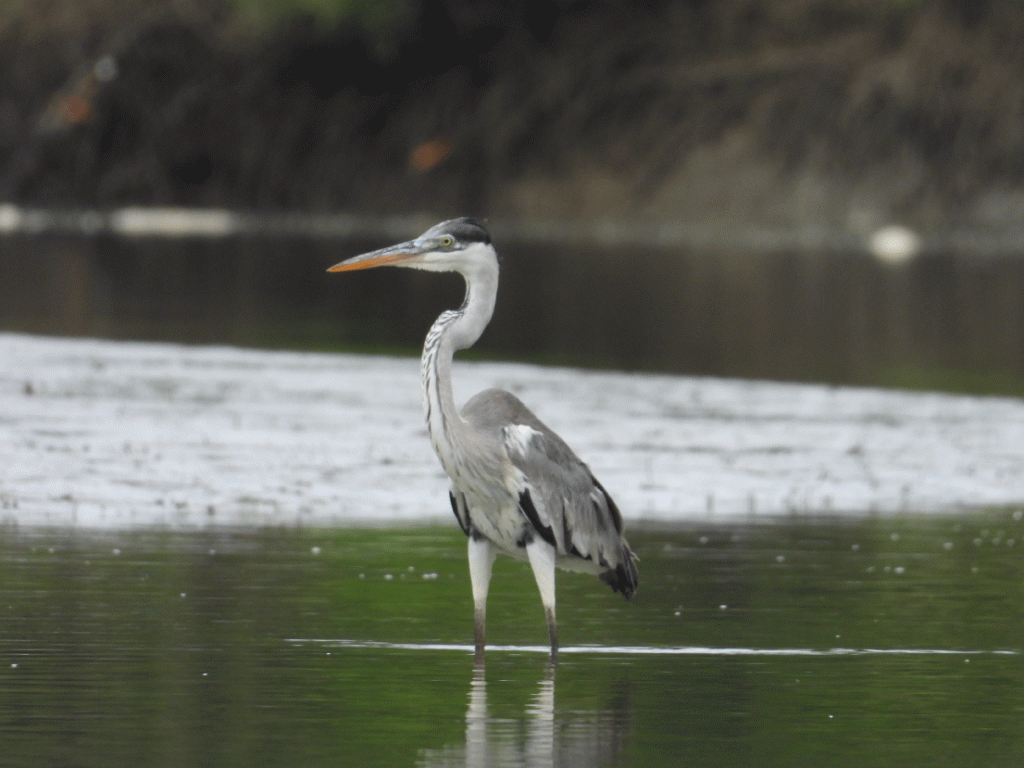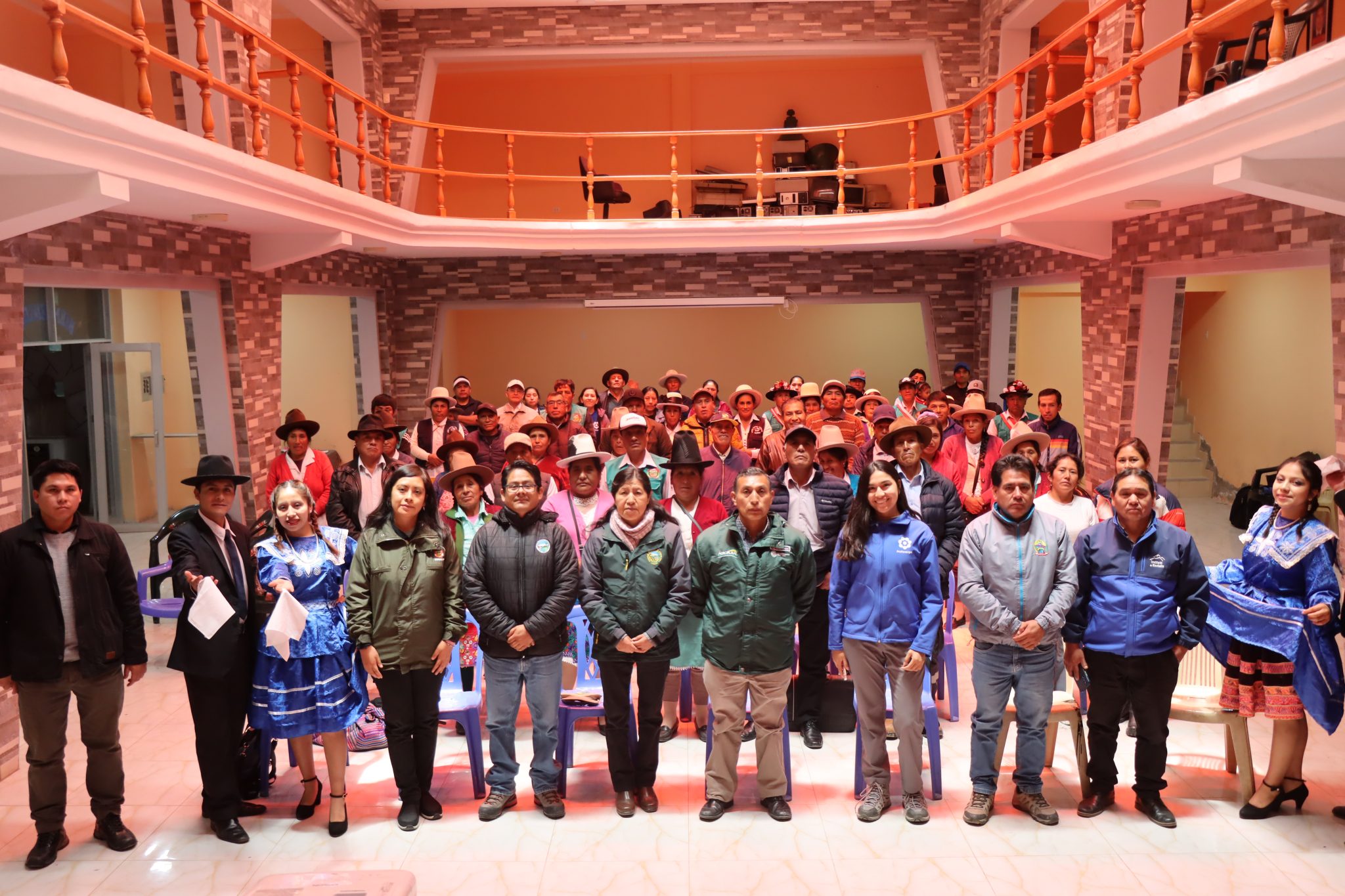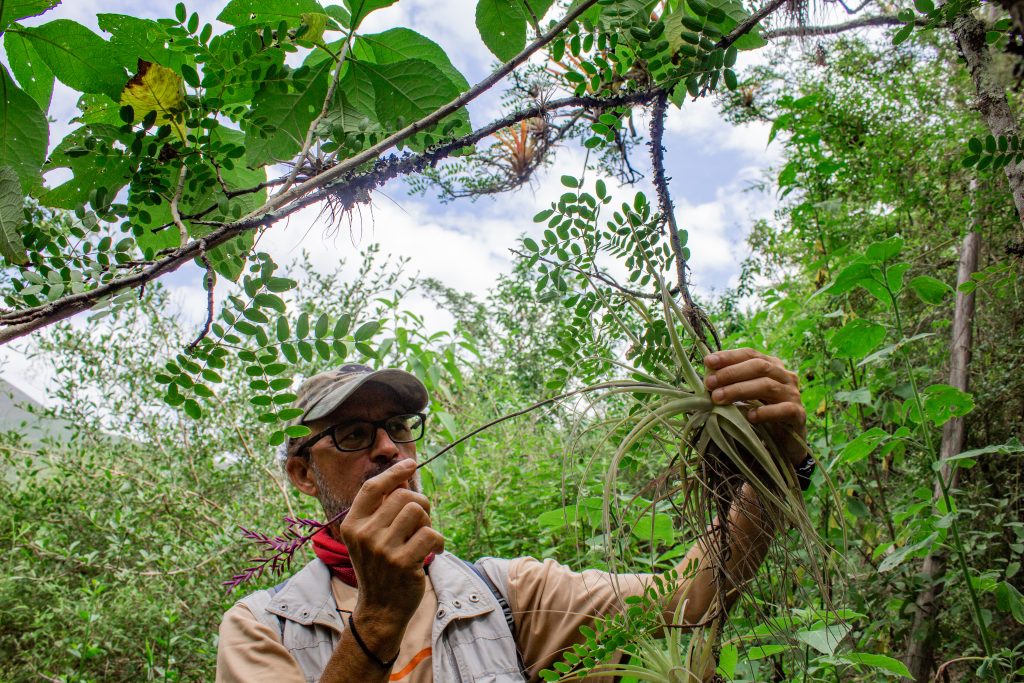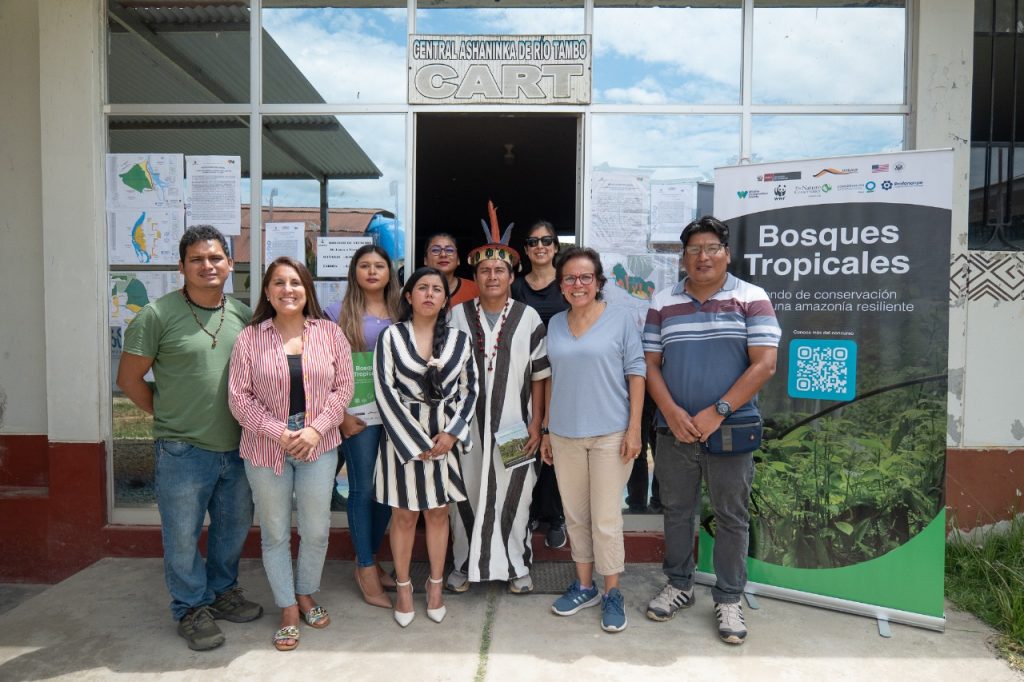Ardea cocoi (Cuckoo heron) sighted in the mangroves during monitoring
Photo: Mary Madrid
Consorcio Manglares del Noroeste del Peru (CONMANOPE), winner of the Conserve Birds initiative, has been successfully monitoring birds in the mangrove ecosystem of Tumbes since April on a quarterly basis, as part of the progress of the project “Creation of a Conservation Area in the Mangroves of Tumbes”, which seeks to protect about 5,000 hectares of mangroves and strengthen the integrated management of the mangrove ecosystem in the Coastal Marine Management Plan of Tumbes.
The assessment of the population status of key mangrove birds allows us to establish a baseline for the management and conservation of the ecosystem, guiding actions and prioritizing efforts based on the threats faced by these species and their habitats.
The mangrove ecosystem of Tumbes is a habitat of high ecological relevance, recognized for its biodiversity and its fundamental role in coastal protection and the livelihood of local communities; therefore, part of it has been recognized as a Ramsar site. On the other hand, this ecosystem is part of the Northwest Amotapes-Manglares Biosphere Reserve, underlining its importance at the national and international level for biodiversity and sustainability.
The proposal to create the Tumbes Mangrove Conservation Area, led by the Regional Government of Tumbes together with the Consorcio Manglares del Noroeste del Peru, is a crucial step to protect approximately 5,000 hectares of this ecosystem. This project will not only safeguard the mangroves, but also strengthen the integrated management of natural resources through the Tumbes Coastal Marine Management Plan, consolidating a conservation and sustainable use approach.
The mangroves of Tumbes are home to a rich diversity of species, including resident and migratory birds, many of which are threatened due to habitat loss. Protecting this ecosystem is essential to conserve these species and maintain the ecosystem services they provide to local communities, such as protection from natural disasters and support for fishing activities. This joint conservation effort seeks to ensure the long-term preservation of this valuable ecosystem through efficient and collaborative management.
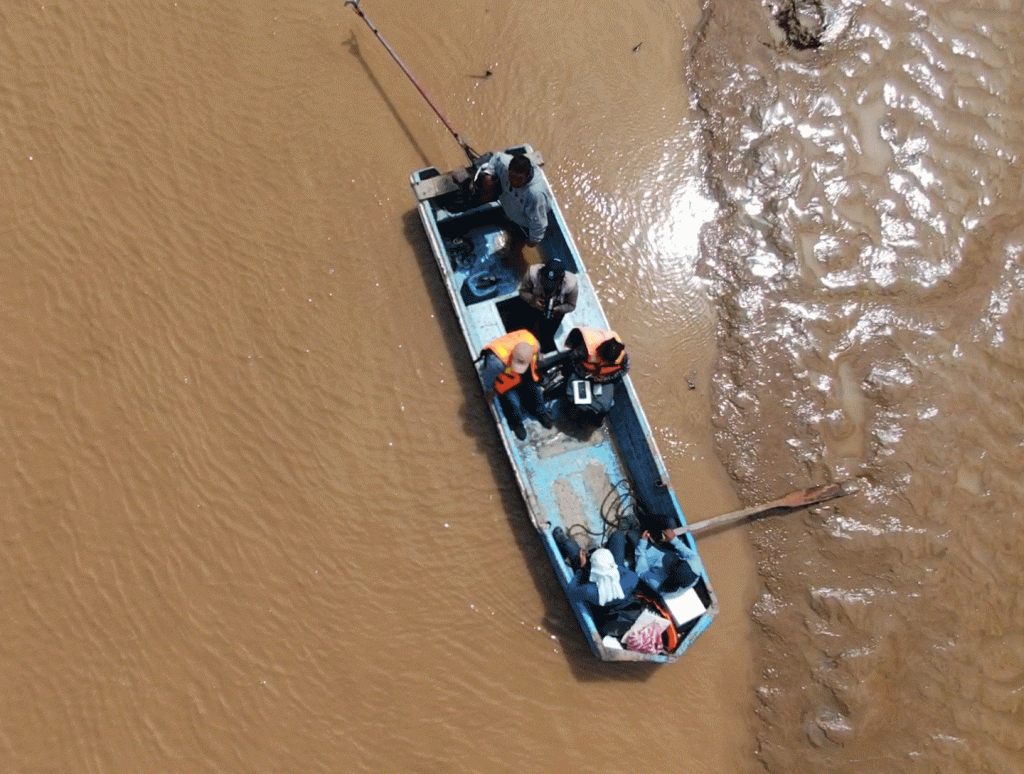
Bird monitoring in the Tumbes River, as seen from the drone
Photo: Jeison Dioses
Methodology
During the second quarter of 2024, CONMANOPE conducted monitoring at nine strategic points of the mangrove ecosystem, selected based on habitat representativeness and accessibility. The surveys were conducted both by boat and on foot, using the strip transect methodology to record the birds observed.
Based on the field evaluations and the results obtained, four quarterly monitoring sectors were proposed, distributed throughout the Tumbes mangrove ecosystem, excluding the Los Manglares de Tumbes National Sanctuary:
Sector 1: Corrales sector to the mouth of La Chepa, Palo Santo Island.
Sector 2: Tumbes River, Cherres to the mouth, El Mulo sector.
Sector 3: Isla de los Pájaros – Port Pizarro, Jeli Trail.
Sector 4: La Culebra swamp, El Venado Beach and La Tortuga swamp.
These sectors offer a comprehensive view of bird populations and will allow the implementation of a monitoring protocol that will evaluate the population status of key species.
Results
As a result of this effort, a total of 3,126 individuals belonging to 78 species were recorded, of which 13 correspond to the key species prioritized for the ecosystem. Among the most abundant species were Eudocimus albus (white corocorus) and Setophaga petechia (yellow warbler), while others, such as Pandion haliaetus (osprey), were less frequent.
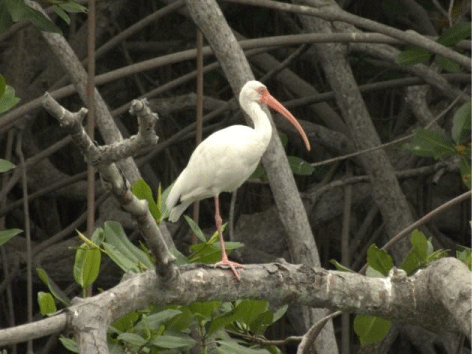
Eudocimus albus (White corocorus)
Photo: Mary Madrid
Impact
In order to ensure the long-term sustainability of the Tumbes mangrove ecosystem and the protection of its valuable birds, monitoring will continue, with the leadership of the Regional Government of Tumbes and CONMANOPE.
This project not only seeks to inspire other organizations and communities to join in the protection of birds and their habitats, but also to generate tangible benefits for the area, such as improved quality of life for local communities and conservation of natural resources. The creation of the Regional Conservation Area will strengthen the integrated management of the mangrove ecosystem, contributing to environmental and economic stability throughout the Tumbes region. By joining forces, a sustainable future is ensured for both the birds and the people who depend on this valuable ecosystem.
Testimonials and commitments
Dely Ramos, part of the technical team indicated: «the information that is being generated with bird monitoring will allow us to develop conservation strategies for their habitats, propose environmental policies, promote bird tourism, educate and raise awareness among the population, for example, birds play a crucial role in ecosystems, such as seed dispersal, pollination, pest control and others. Therefore, we consider as a valuable tool these monitors.»
Contact
José Otivo Barreto
Responsible for the Conserva Aves project at CONMANOPE
otivobar@gmail.com


